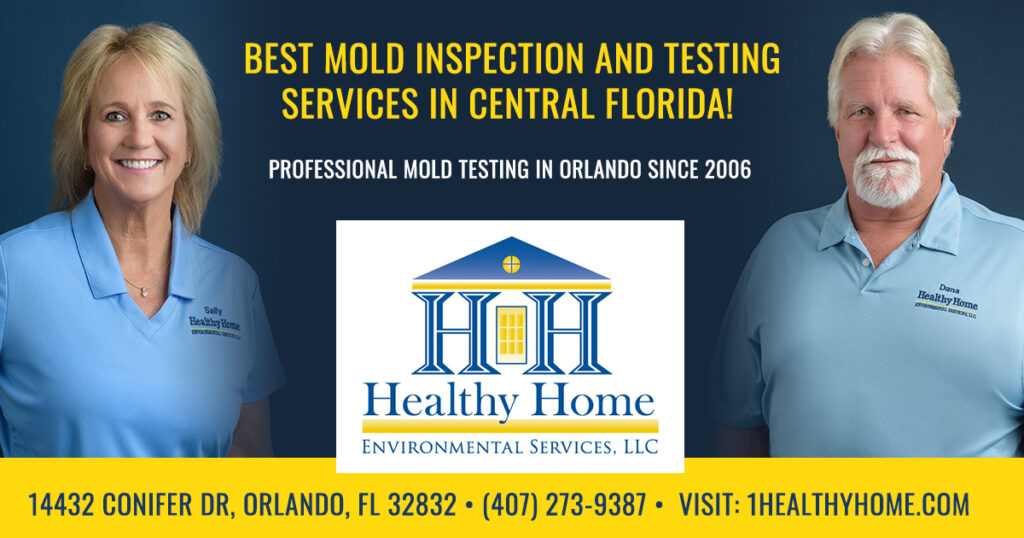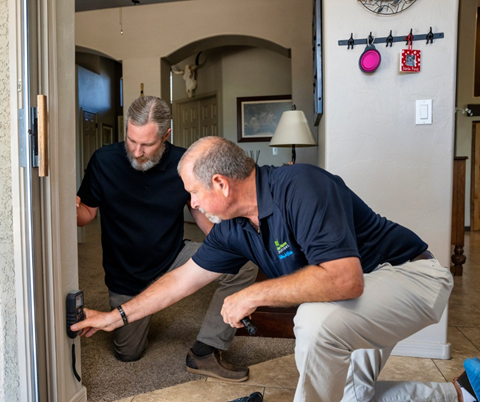Just How Mycotoxin Screening Helps Protect Against Contamination and Secure Food Supplies

Mycotoxin testing is an important technique in the food industry, functioning as a frontline protection against contamination by unsafe toxic substances generated by molds. With the application of sophisticated strategies like High-Performance Fluid Chromatography (HPLC) and Fluid Chromatography-Mass Spectrometry (LC-MS), food producers can precisely detect and evaluate mycotoxin levels in agricultural items. This aggressive technique not only makes sure compliance with rigorous security laws but also reduces health risks to consumers. Routine testing strengthens brand name online reputation and economic health and wellness by minimizing contamination-related incidents. How exactly do these testing methods integrate right into the wider food safety approach?
Understanding Mycotoxins
Comprehending mycotoxins starts with recognizing that they are poisonous secondary metabolites produced by specific mold and mildews, which can pollute agricultural items. These metabolites are not necessary for the development or recreation of the fungi however can have severe implications for human and animal health. Mycotoxins are frequently located in staple crops such as corn, wheat, barley, and nuts, where they can proliferate under specific problems of dampness and temperature level.
There are a number of types of mycotoxins, each produced by different fungal species. Aflatoxins, produced by Aspergillus varieties, are amongst the most notorious, recognized for their carcinogenic properties. An additional considerable team includes ochratoxins, produced by Aspergillus and Penicillium varieties, which have nephrotoxic impacts. Fusarium species generate fumonisins and trichothecenes, both of which are related to various intense and chronic health issues.

Dangers of Mycotoxin Contamination
The threats of mycotoxin contamination are diverse, posing substantial dangers to both food safety and public wellness. Mycotoxins, hazardous compounds created by specific kinds of fungi, can infect a wide variety of farming items consisting of cereals, nuts, seasonings, dried out fruits, and coffee.
Financial effects are one more major concern. Infected plants can lead to significant monetary losses for farmers and food producers because of reduced returns and the requirement for expensive decontamination actions. Moreover, worldwide trade can be dramatically hindered as countries impose strict mycotoxin policies to secure their populations, causing declined shipments and strained profession connections.
Ecological variables such as environment adjustment exacerbate the risk of mycotoxin contamination. Variations in temperature level and moisture can produce desirable problems for fungal development, raising the chance of contamination occasions. Hence, understanding and mitigating these risks are essential for making certain the safety and security and honesty of international food materials.
Techniques of Mycotoxin Checking
Precisely determining mycotoxin contamination in agricultural products is crucial for securing public health and preserving food safety standards. Various approaches are used to find and measure mycotoxins, each offering particular benefits and constraints.
High-Performance Liquid Chromatography (HPLC) is a widely used approach because of its high sensitivity and accuracy. It includes separating mycotoxins from various other materials in a sample, enabling exact metrology. Liquid Chromatography-Mass Spectrometry (LC-MS) incorporates fluid chromatography with mass spectrometry to offer thorough molecular info, making it particularly beneficial for identifying several mycotoxins concurrently.

Gas Chromatography-Mass Spectrometry (GC-MS) and Thin-Layer Chromatography (TLC) are also used, each with one-of-a-kind applications. GC-MS works for unpredictable mycotoxins, while tender loving care uses an easier, affordable alternative for preliminary screening.
Benefits of Normal Examining
Normal testing for mycotoxins in agricultural items supplies many benefits, substantially adding to public health and food safety. By recognizing contamination early, routine testing helps prevent the circulation of poisonous foods, therefore decreasing the risk of mycotoxin-related diseases amongst consumers. This proactive strategy not just safeguards human health and wellness however also boosts the general top quality of food supplies.
Various nations and areas have established strict restrictions official site for mycotoxin levels in food and feed. Adhering to these limitations via regular testing makes sure that manufacturers and suppliers fulfill lawful requirements, therefore avoiding penalties and trade barriers.
Furthermore, normal mycotoxin testing can lead to significant economic benefits. Early detection of contamination allows for timely treatment, reducing potential losses from widespread contamination. Executing routine testing procedures can likewise lessen recall expenses and relevant responsibilities, which can be monetarily devastating.
Furthermore, routine screening gives beneficial information that can educate far better farming techniques and storage space conditions. By comprehending patterns of contamination, producers can adopt preventive measures, thereby adding and decreasing future threats to the sustainability of the food supply chain.
Applying Examining Methods
Carrying out efficient mycotoxin testing protocols is essential for guaranteeing the safety and top quality of check here farming products. Developing a durable testing structure involves numerous vital actions, starting with the recognition of possible contamination points within the manufacturing and supply chain. This consists of pre-harvest, post-harvest, storage space, and distribution phases. Each stage needs to be looked at to identify where mycotoxin contamination is most likely to happen.
When essential control factors are recognized, choosing appropriate testing techniques is important. Usual methods consist of enzyme-linked immunosorbent assay (ELISA), high-performance liquid chromatography (HPLC), and mass spectrometry (MS) Each approach has its staminas and weak points; therefore, picking the appropriate one depends on the details mycotoxin being evaluated, the needed level of sensitivity, and offered sources.

Finally, incorporating the testing methods into an extensive food safety and security administration system is advisable. This improves traceability and enables speedy corrective activities when contamination is spotted, thereby securing the integrity of the food supply chain.
Verdict
Mycotoxin testing is necessary in preventing contamination and securing food materials by making it possible for very early discovery of hazardous toxins generated by molds in agricultural items. Routine testing boosts brand track record, economic stability, and trust fund in food safety and security by lessening contamination-related losses and maintaining high requirements in food manufacturing.
Mycotoxin testing is an important method in the food sector, offering as a frontline defense versus contamination by unsafe toxins produced by molds. An integrated technique entailing farming practices, storage management, and normal testing can alleviate the risks linked with mycotoxin contamination, ensuring food security and public health and wellness.
The dangers of mycotoxin contamination are multifaceted, posturing find out this here substantial dangers to both food security and public health and wellness.Regular testing for mycotoxins in farming items offers numerous benefits, considerably adding to public wellness and food security.Mycotoxin screening is important in avoiding contamination and protecting food materials by allowing very early detection of unsafe toxic substances created by mold and mildews in farming items.